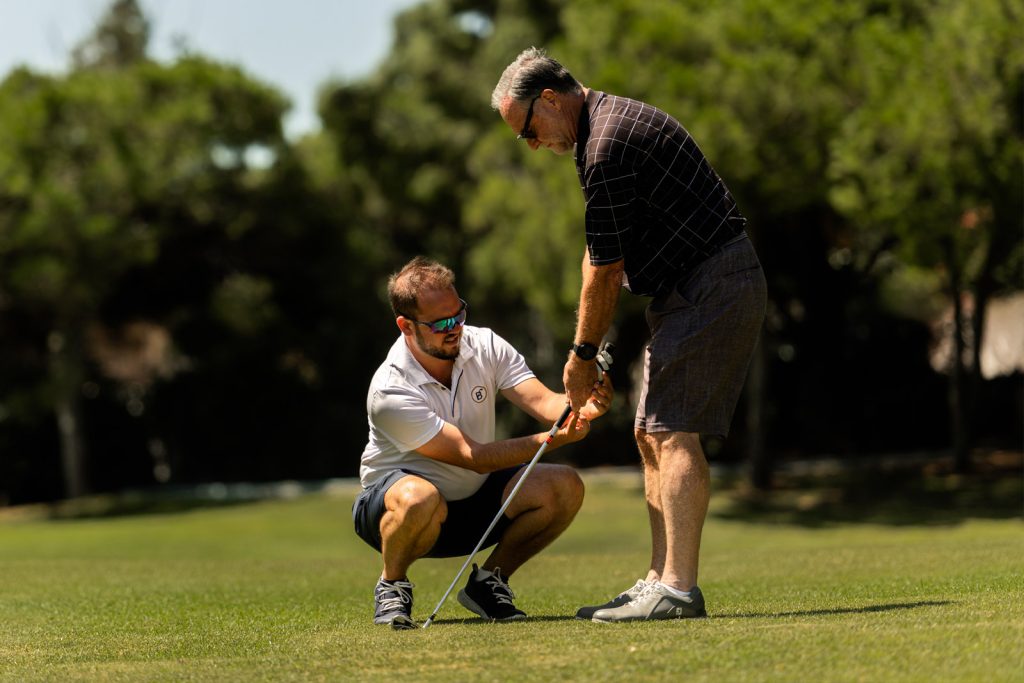
When we go to a golf teacher, whether in a golf class format or within the framework of a high-performance process, we aim to improve our game and learn new skills. Having fun playing a sport we love is an added bonus.
Over the last couple of decades, we have seen an explosion of theories about the ideal swing technique, which have been diminishing as technology now allows golf teachers to make more precise observations about what is happening in a movement.
Despite these advances, the critical question of how to improve is not only technical and should not only be analyzed with technology. The advice of experienced individuals who have spent much of their lives training and improving their golf also provides valuable insight on how to hit fewer strokes on a golf course and hit consistently. Their insight can be a gift for executive and junior golfers with little time on their hands. Until we have technology that measures results and how our brain processes learning, we must learn everything indirectly by seeing and feeling how our body and the ball behave when hitting. The quality of our shots and the ease of making them helps us determine if our golf training can improve or support us in that motor development process that we need to be better and more coordinated golfers.
At the Black Iron Golf Academy, located near Malaga on Spain’s Costa del Sol, we are proud to teach golf combining these two approaches: technological and practical. On the one hand, we embrace technical and biomechanical work with a deep and conceptual approach, helping the player understand what needs to be improved. This aspect of teaching within the framework of a golf class or a process is, of course, strategic because it guides the type of practice, characteristics and duration of the lesson. We use the latest technology in our classes, such as Trackman 4, among others, allowing us to have precise data to analyze the results and make better decisions in training resulting in more efficient player development. On the other hand, we also utilize a practical teaching approach that emphasizes the rigorous study of the best ways to practice or train for golf. This method gives our players valuable information (such as golf drills or specific objectives for each training session) so that if they have time to train between private classes with our golf teachers, they optimize that time and get results almost as if a coach were with them.
What is the ideal training for a golfer? For us, improving your golf means that multiple processes of neuromuscular development are stimulated with adequate training. For some players, this stimulus may be too complex to absorb, leading to frustration and loss of interest in the process. For another player, the practice may be too easy and therefore not challenge the golfer’s motor system, which also means a waste of time. In addition to the level of difficulty, the characteristics of how to play golf are also very important. Should I hit multiple balls to the same target from the same initial conditions? Or is it best to have more variability and difficulties? Let’s get into the details: what’s the best way to practice your short game, master your putt, or work on your full swing? In our next post, we will discuss a principle at the neuromuscular level that can help us answer these difficult questions.